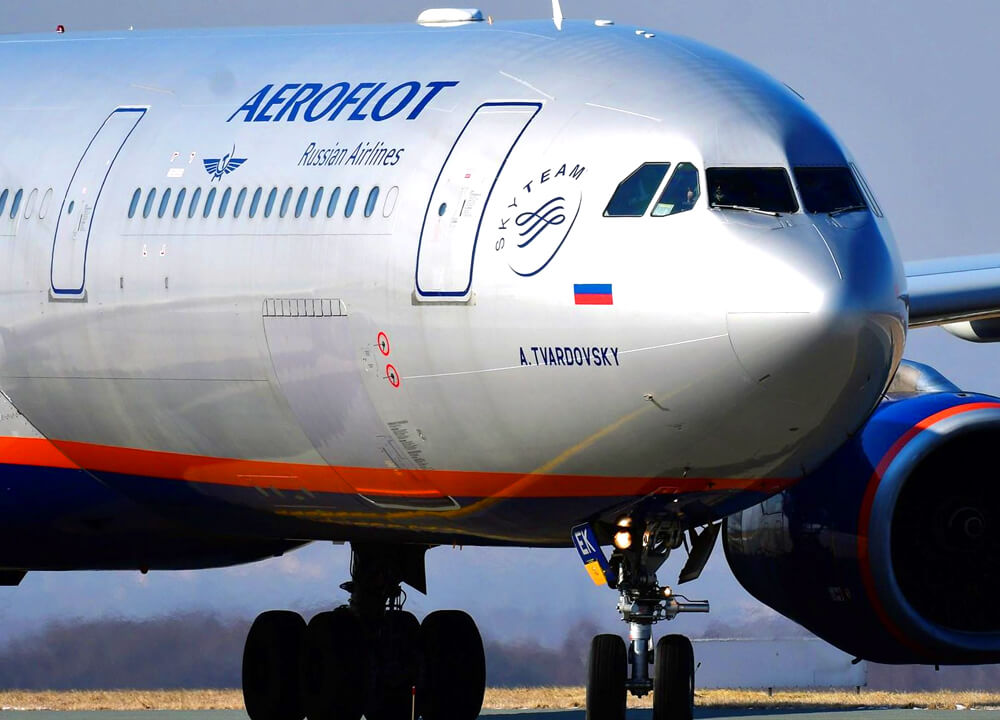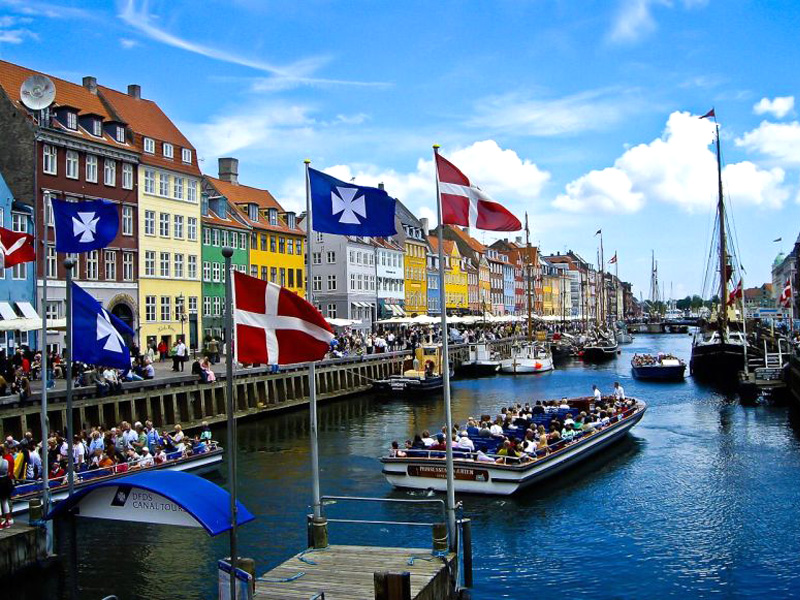The suspension bridge in Khndzoresk, stretching from one side of the gorge to the other.which has connected the old village, abandoned in the middle of the last century, to the new one, is popular not only among locals but also among tourists from various countries, although its history is relatively recent.
The bridge was built in 2011 within just one year. In the last year's competition by “Armenia Tourism”, it was awarded the first prize in the category of “Tour-project of the year.”
It would seem that it was not much of a thing – just a bridge, well a bridge across a gorge, but no: in fact this is how engineer Zhora Aleksanyan realized his dream of connecting the past and the present. He was born and up to 9 years lived in the old Khndzoresk (translated from Armenian –a village of apples), in the small cave town, and then, when it was decided to move the inhabitants to a new location, he found himself in New Khndzoresk, and then in Goris. Zhora recalls how his father, then the head of the village, moved the stones from the old home, and laid them in the new one, as if trying to keep in touch with the ancestors, because in the house that was on the other side of the gorge, had lived several generations of Aleksanyans.

Zhora tells how, as a schoolboy, while on a tour on the other side, he visited in the old Khndzoresk cemetery the grave of the national hero of the Armenian people, Mkhitar Sparapet, who had helped residents escape from the yoke of the Persians and from the Turkish invaders. Then the boy was astonished; he remembered that once he used to live here, but he had not been there for so long, that it seemed as if it was in another life, not in his. Perhaps that is when the dream was born to combine these worlds, but, as a boy, he did not knowhow...

In Soviet times, Zhora was the chairman of the collective farm, and then everything fell apart. “I did not take anything from the Soviet Union”, says the master. I look at his strong calloused hands, he smiles and continues the story: “When the Union ceased to exist, I built a mill, then a grain processing factory... and all of it – with my own hands – I personally twisted each bolt. The plant became popular. And when there was money, I decided to build and to give.” By the way, during the Karabakh War, Zhora Aleksanyan provided food for the battlefront.

The creation of financial resources brought his dream of connecting the past and the present closer to execution. “Of course, building a bridge over a deep gorge is not an easy task, but desperate dreamers can shoulder anything”, says Alexanian. So, Zhora, being a mechanical engineer by profession, drew the layout and began to look for allies – in the first place, high-altitude welders. Surprisingly, it was accomplished quickly, probably because the master himself was pursuing a good purpose, which found a response in the hearts of the people.
A year later, the bridge was ready. They gathered the people, made a small opening. Then Zhora built a ladder, and his friend – a café and a viewing platform.
Now, near the bridge, you can often see people whose childhood began on the other side of the gorge. Zhora himself drives herethree or four times a day, sitsin silence, ponders, and each time he sees the bridge as if for the first time and is surprised by the possibility of getting ina few minutes to the other side of the gorge, where he once spent his childhood. “Why is homeland so sweet?” He asks me and he responds: “Because it is homeland! And my homeland began exactly with Old Khndzoresk”. And I will conclude with the very words of our conversation with Zhora: “Yes, dreamers can shoulder anything.”
Elena Shuvaeva-Petrosyan







